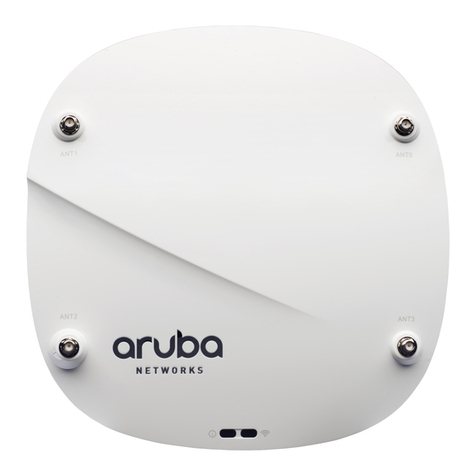4
TABLET of CONTENT
CH 1. PRODUCT OVERVIEW..............................................................................................6
Package Content............................................................................................................................................... 6
Buttons and LEDs............................................................................................................................................. 6
CH 2. HARDWARE INSTALLATION...................................................................................9
Application 1 – Link to remote DSL via Powerline ........................................................................................ 9
Application 2 – Wireless AP + Ethernet Switch ........................................................................................... 10
Application 3– Multiple Floor Home Networking..........................................................................................11
Fast Encryption by Buttons........................................................................................................................... 12
CH 3. ADVANCED WI-FI SETTING – VIA WEB BROWSER ............................................14
Before Starting Configure.............................................................................................................................. 14
Home ................................................................................................................................................................ 15
Select Language---------------------------------------------------------------------------------------------------------------- 15
Setup Wizard -------------------------------------------------------------------------------------------------------------------- 15
Operation Mode Configuration -------------------------------------------------------------------------------------------- 16
Internet Settings.............................................................................................................................................. 19
LAN--------------------------------------------------------------------------------------------------------------------------------- 19
DHCP Clients-------------------------------------------------------------------------------------------------------------------- 20
Wireless Settings............................................................................................................................................ 21
Basic ------------------------------------------------------------------------------------------------------------------------------- 21
Advanced------------------------------------------------------------------------------------------------------------------------- 22
Security --------------------------------------------------------------------------------------------------------------------------- 23
WPS --------------------------------------------------------------------------------------------------------------------------------26
Station List----------------------------------------------------------------------------------------------------------------------- 26
Site Survey----------------------------------------------------------------------------------------------------------------------- 27
MAC Filter ------------------------------------------------------------------------------------------------------------------------ 27
Administration................................................................................................................................................. 28
Management--------------------------------------------------------------------------------------------------------------------- 28



























